In 2006, Google’s Eric Schmidt described Google’s approach to service-as-a-service (SaaS) as cloud computing, becoming the first high profile to use the term.
Now, the cloud has grown to become the most expansive platform in the world.
The cloud is no longer a buzzword.
The unprecedented opportunity to move to the cloud has hit many if not all industries, fundamentally shifting how businesses attract, delight and retain customers.
IDC estimates the economic value of the digital transformation (DX) to be $20 trillion or more than 20 per cent of global GDP with the cloud leading the way.
This is a growth rate that has spiked the attention of companies looking to ride the wave of business innovation fuelled by cloud technologies with 69 per cent of businesses already using the cloud.
CAPEX OR OPEX?
In the past, the major motivator for cloud computing was the shift from a capital expenditure (capex) model to an operational expense (opex) model.
However, the benefits of moving to the cloud have since expanded.
The everywhere nature of the cloud means education is easily available and choice is greater of an option.
MSPs can dream big, develop their offerings and embrace ongoing needs for more choice within the cloud.
WHAT’S THE FEAR?
Tackling the rise in diverse business needs, limited IT resources and small budgets, the cloud increases revenue margins.
Addresses issues that prevent businesses from keeping up with changes, the cloud DX hasn’t come without challenges.
Security protocols of the cloud networked paradigm were not always completely understood.
This was particularly prevalent around news of hackers targeting and infiltrating popular cloud servers.
Cloud service providers (CSPs) have managed to recover despite these concerns.
They have been able to implement security measures to help companies improve their current business.
Some of the biggest challenges of cloud adoption is security, time and costs but the main obstacle today is migration.
The migration of data through the cloud is a pain.
However, countless CSPs have purpose-built tools enabling efficient data migration that doesn’t lead to downtime or data loss.
Overcoming security and migration doubts that lead companies to prefer to keep their data on local servers, assists customers in finding the right partner for their business.
FLEXIBILITY FOR ALL
In today’s fast pace hyper-competitive environment, companies are expected to be more flexible and efficient than ever.
To become successful in the DX journey, companies need to move from being digitally distressed to digitally empowered through the cloud.
One way forward for MSPs to align their strategies with this change is through their bundling services.
The bundling of services together and the automation of billing, support and provisioning, reduces costs and improves operational efficiency.
This appeals to specific verticals and segments by offering services all under a single monthly fee.
5 building blocks for successful cloud growth and effective practice
Implementing infrastructure in the cloud enables the shift from performing constant maintenance tasks to focusing on a more strategic role; one which allows businesses to respond more quickly to certain needs.
Click here to read our Cloud Insider on the five building blocks helping build the confidence of MSPs in their growth in the cloud.
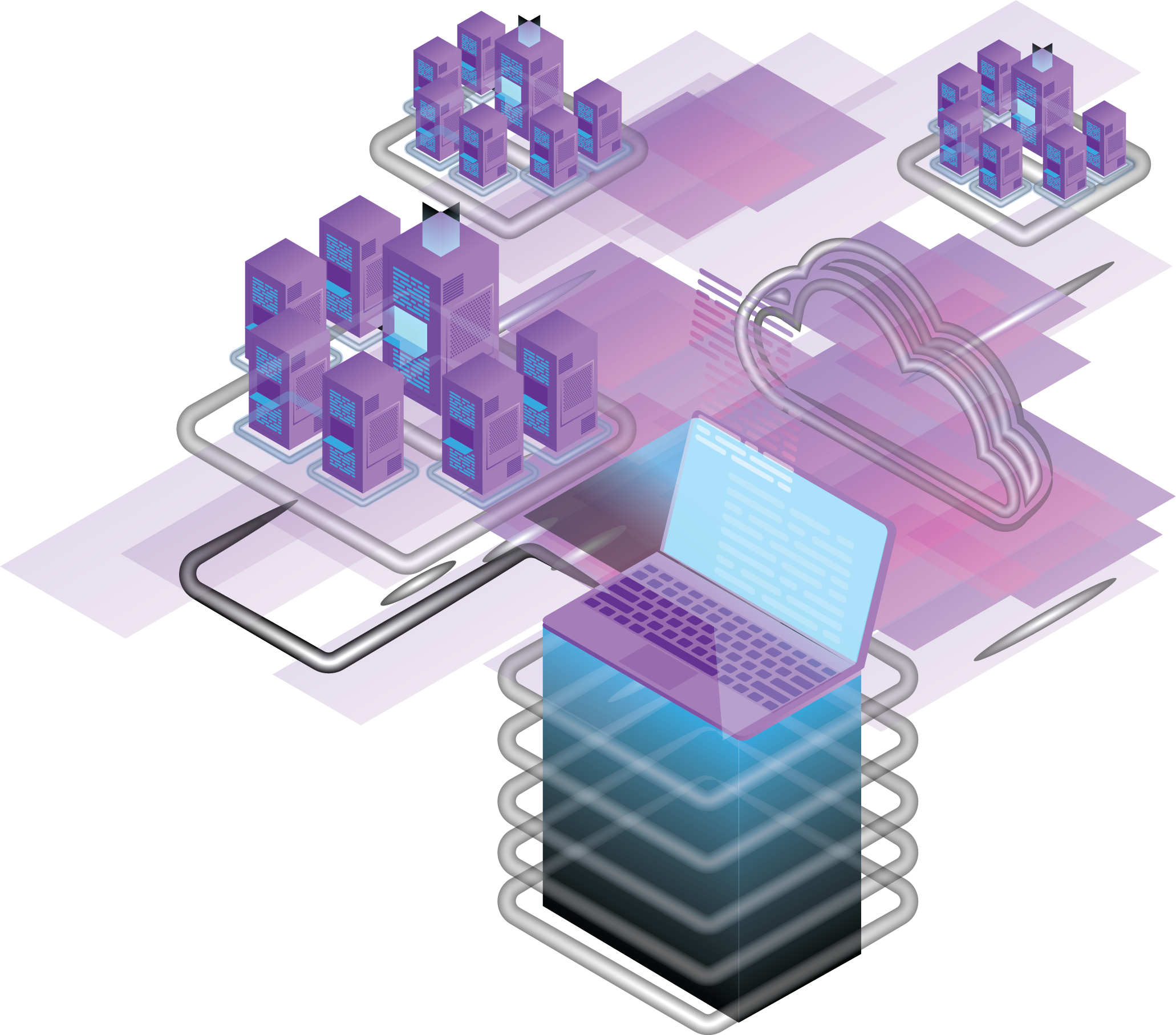
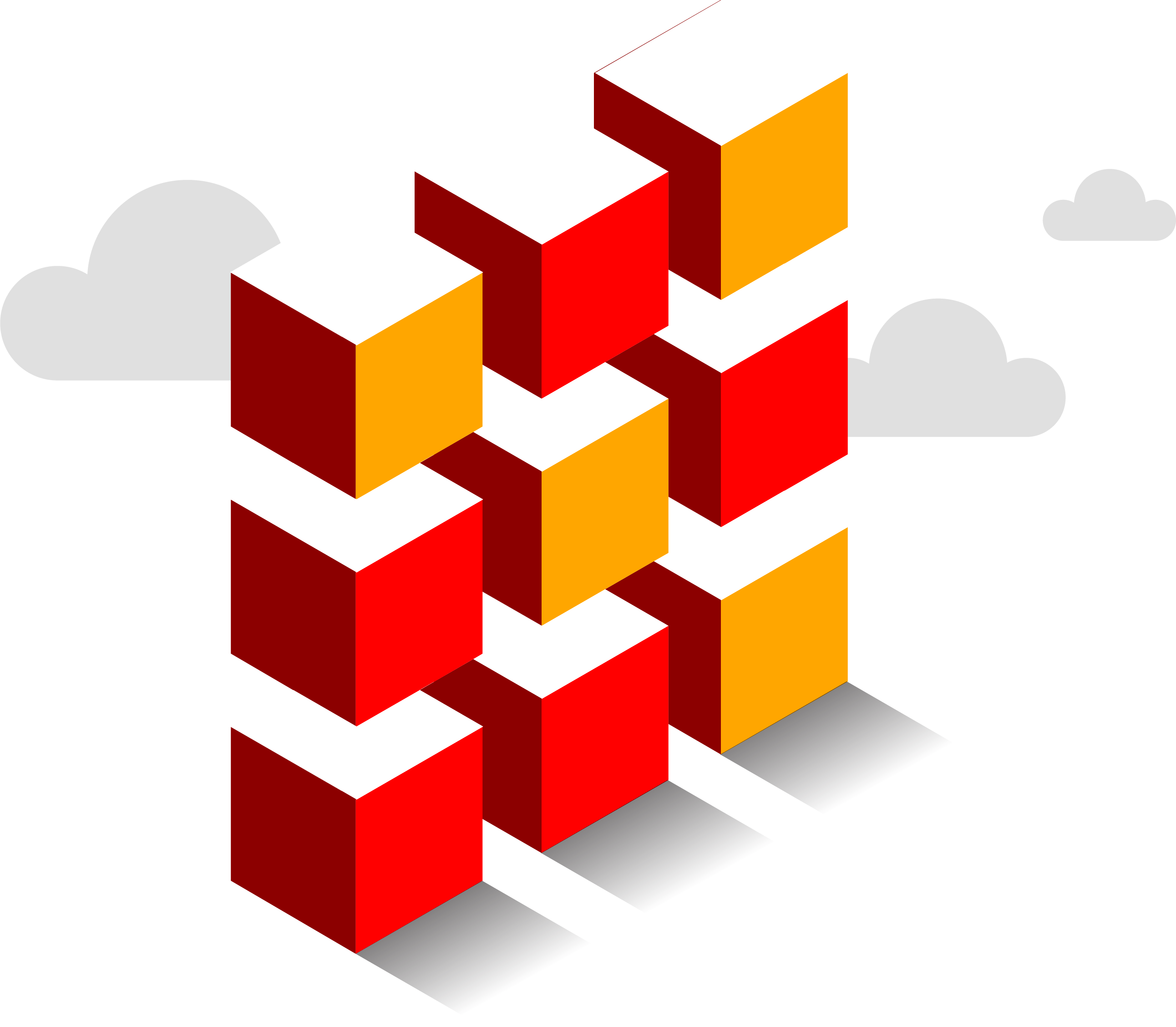
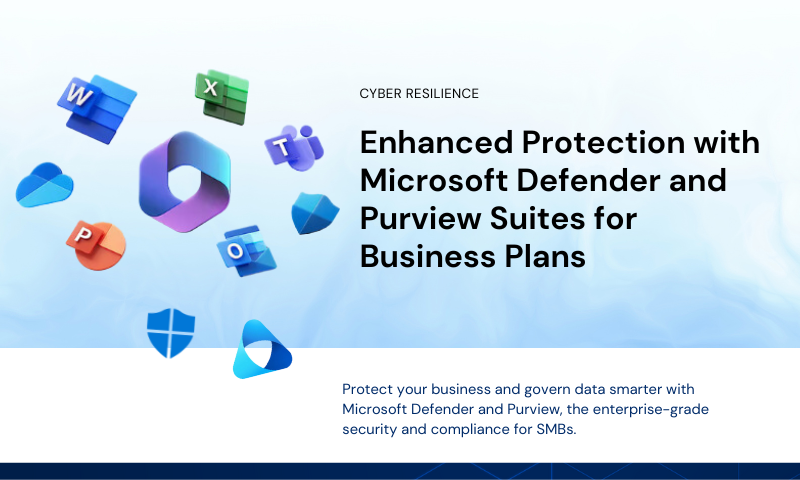
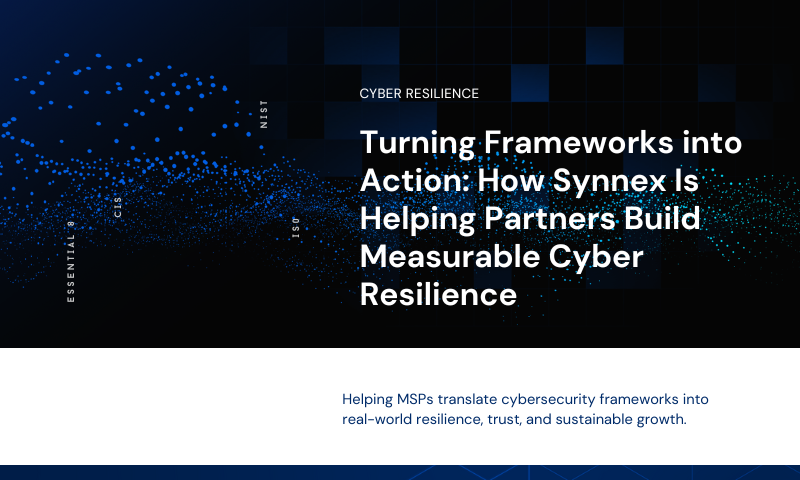
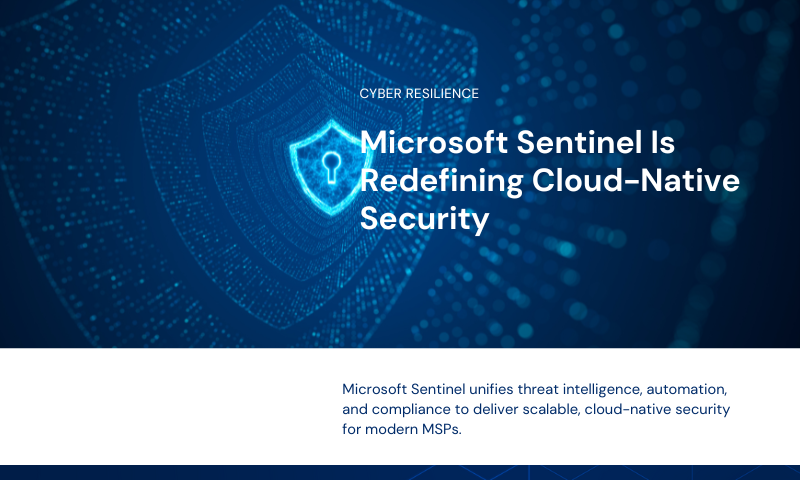
[…] The main goal of any company is ensuring technology is kept up-to-date, secure and cost-effective. […]